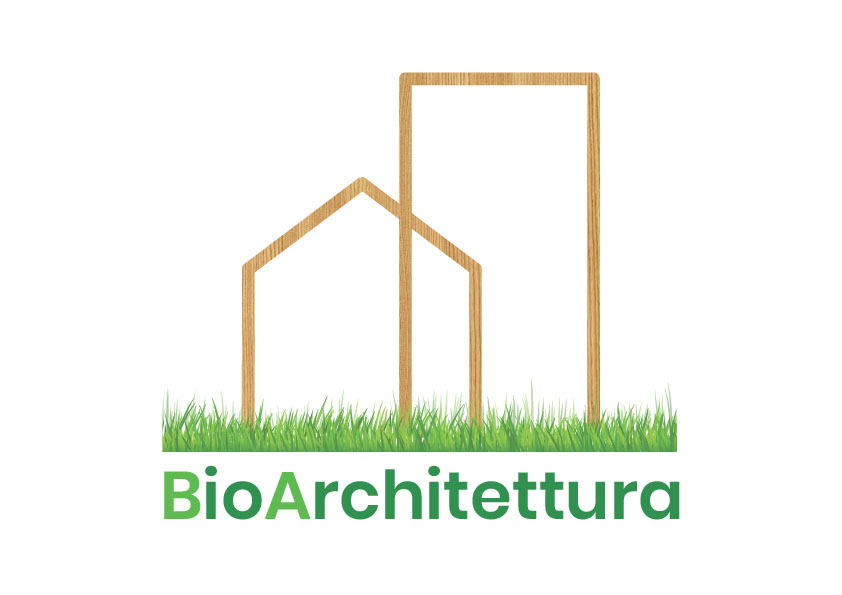
Today it seems that man has finally begun to understand that every aspect of his development and growth is closely linked to the environment.
Itis true, as well as right, that we cannot look to the future without taking a look at the past, at its solid and concrete foundations, but it is precisely form the past, from the return to the values of the earth and nature, with today’s means and knowledge, that modern man finds new inspirations to build his tomorrow.
But let’s start by defining the term “Bioarchitecture”.
With green building/green architecture we indicate all the methods of design, construction and management of building, with the aim of preserving the environment by reducing the negative impact on it as much as possible. This reasoning does not only apply to new constructions, but also to the renovations and conversions of existing buildings.
So, for everyone!
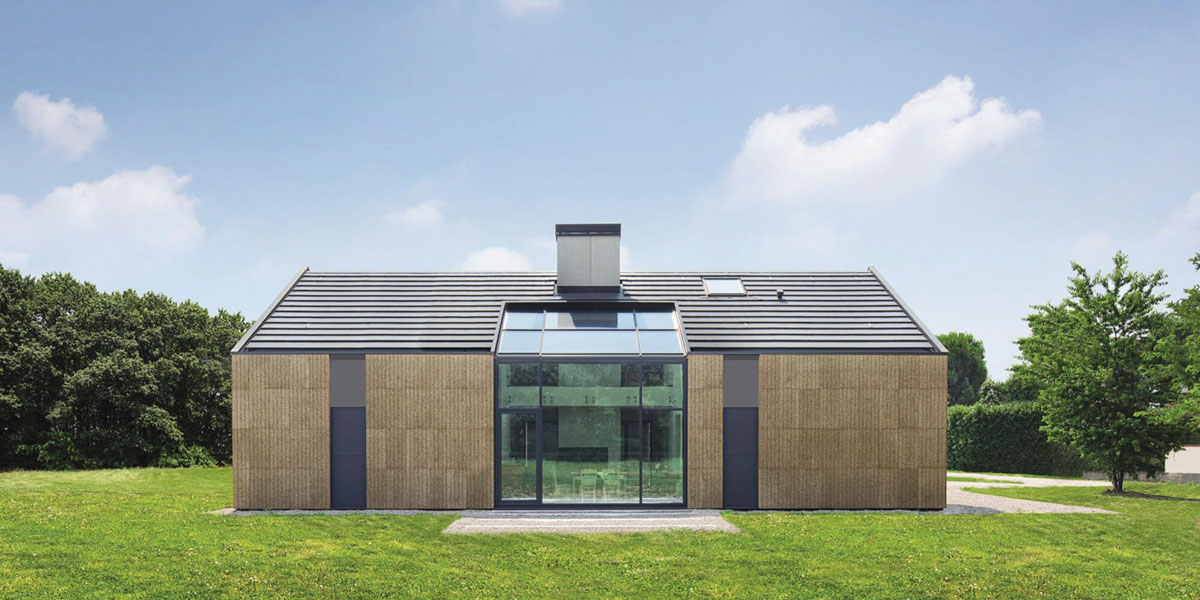
The key points of green building
Already from the definition we can imagine what the principles and philosophies that inspire these constructions are.
We start with an integrated approach, according to which the entire team responsible for the construction of the work is competent in the field, and therefore knows the different possible construction solutions, materials and sustainable construction techniques.
“Without knowledge, there is no freedom”
We must, without a doubt, take into account the geographical constraints that dictate “how” to build, taking into account the characteristics of the land, in such a way as to make the building compatible with the environment that surrounds it without creating a negative impact or upsetting its balance.
“Building is always a labor of love”
In a manner linked to the constraints, the choice of materials takes place.
Wood, cork, various fibers are the main natural materials used.
In addition to the type of material, bio-architecture focuses heavily on the use of zero-mile resources, to reduce transport costs and their related pollution, as well as on the use of regenerable and recyclable raw materials.
“Concrete, wood, stone, steel or glass are not the most resistant elements. The most resistant material in construction is art.”
Another very important aspect is that concerning energy performance, and the significant reduction in of energy consumption through clean energy systems and/or sources that reduce both the pollution emitted by the house and the maintenance costs.
Ecological houses are therefore designed and built in such a way as to allow maximum energy efficiency.
“Energy efficiency is on everyone’s lips but in the home of few!”
Last, but not least, the health and comfort of the inhabitants, because a construction that respects all the green building criteria, must aim for the thermal, acoustic, visual and hygrometric well-being of the people who live there, ensuring a good quality of life.
“Health is the first duty of life”
The Materials
As we have already stated, the choice of materials has great relevance for all works that adopt this type of construction.
We must always remember, however, the natural resources are not inexhaustible and consequently we must choose the so-called eco-materials derived from renewable sources, with a low ecological weight.
For the most part these are materials with which man has measured himself since the dawn of time, while others are the result of research and new technologies.
Among these eco-materials we find straw, wood, cork, plaster, hemp fiber, bamboo, jute fiber, rock wool, wood-cement, cellulose fiber, laminated wood, mineralized wood fiber, expanded clay, expanded lime, paints of natural origin… etc.
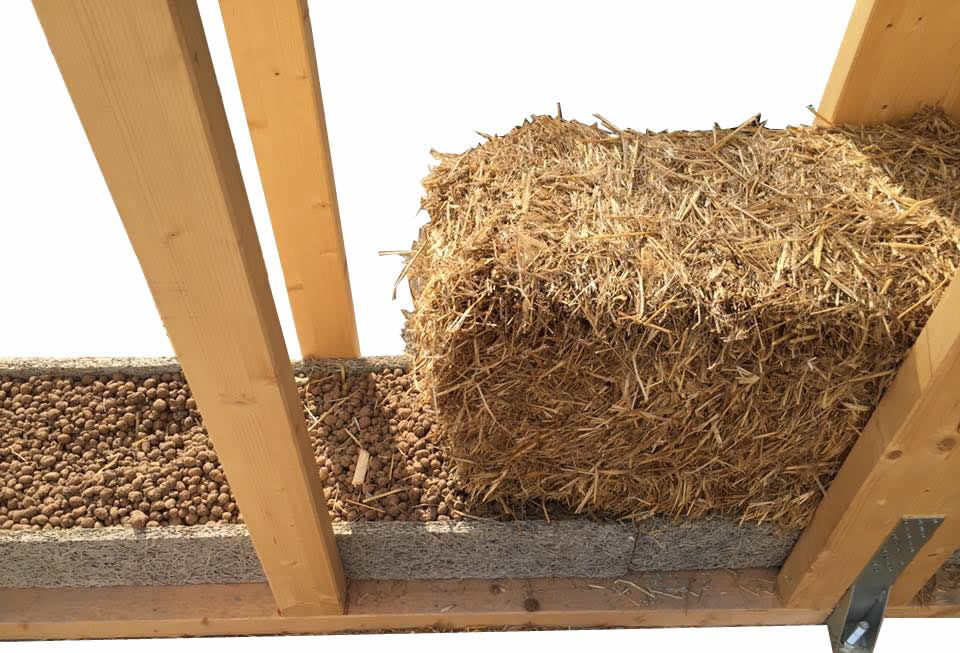
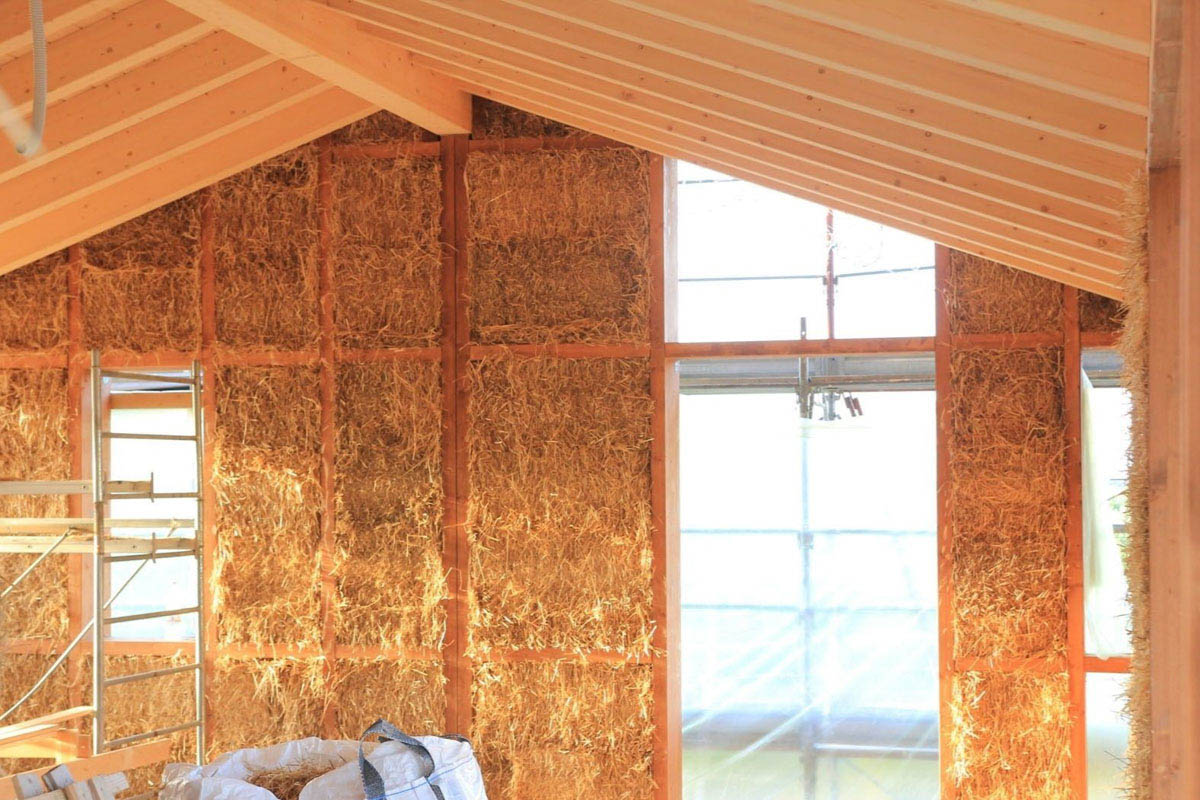
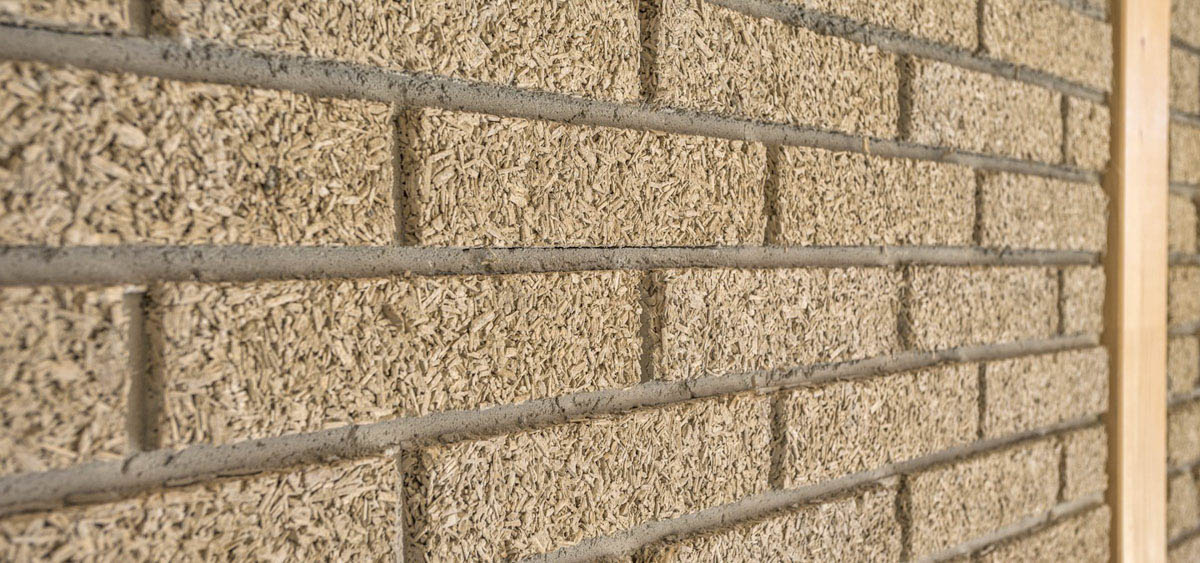
Pros and cons of bio Architecture
As with all things, you also need to be practical and do analysis of pros and cons.
Let’s start with the advantages, by choosing bio architecture we will certainly end up with:
- energy and water saving;
- good quality of water and air;
- comfort and well-being;
- 0 impact on the environment;
- tax incentives and deductions.
Unfortunately, the downside tells us that, despite having deductions, the construction costs are very high.
At the moment, the network of professionals and the market is also not well consolidated in Italy, although, thanks to awareness raising, conferences, seminars and training courses our professionals are acquiring more and more knowledge to make eco-sustainable constructions increasingly tangible and within everyone’s reach, to have a colorful future, o rather a ”green” future.
Examples of bio Architecture
The Edge_Amsterdam_PLP ARCHITECTURE
The Edge, the new Deloitte headquarters, is the greenest building in the world.
At first glance from the outside it looks like an ordinary glass building, but it is a project that obtained numerous awards, was awarded with the Breeam certification– Building research establishment environmental assessment methodology – and is capable of self-producing electricity.
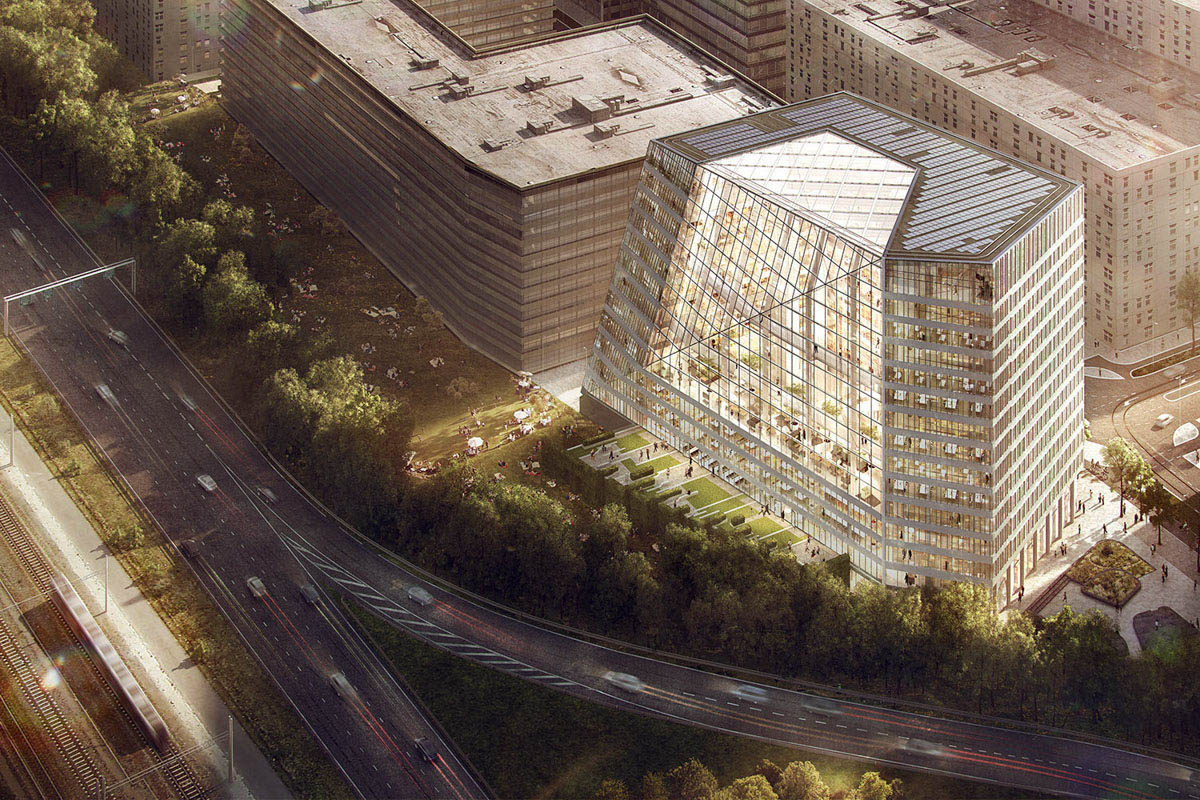
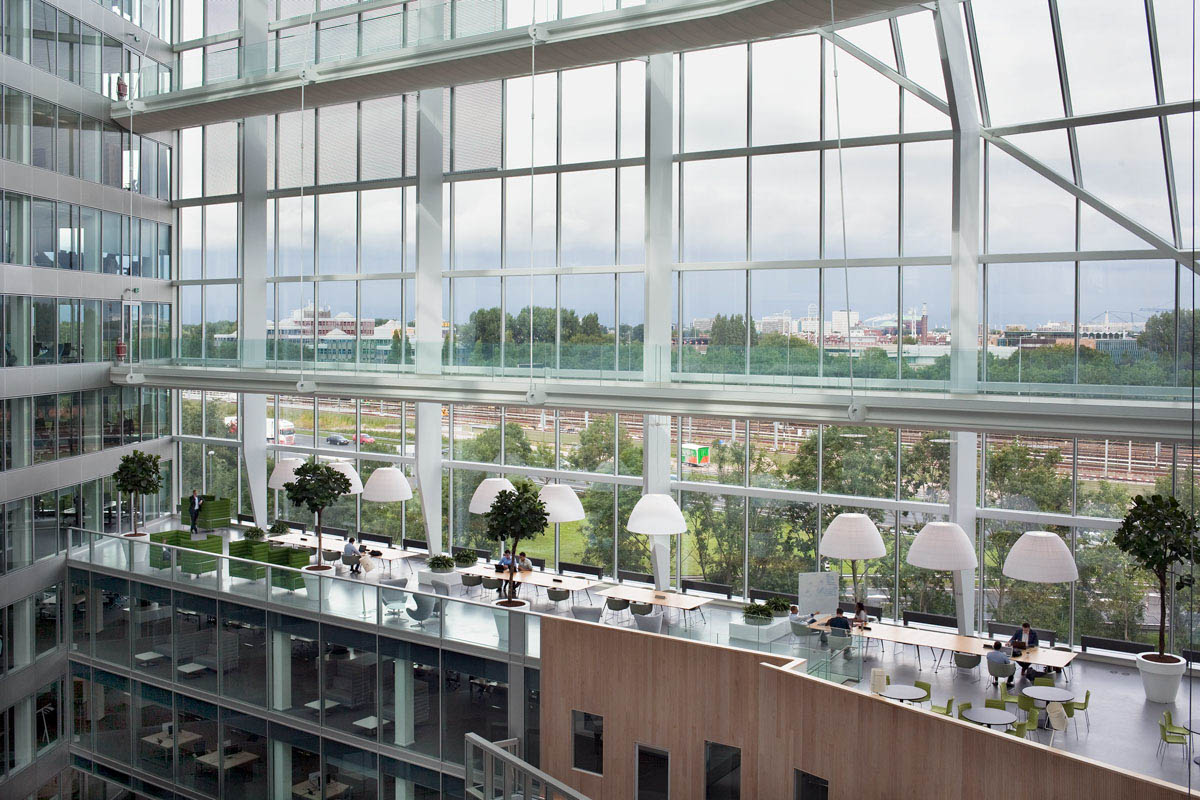
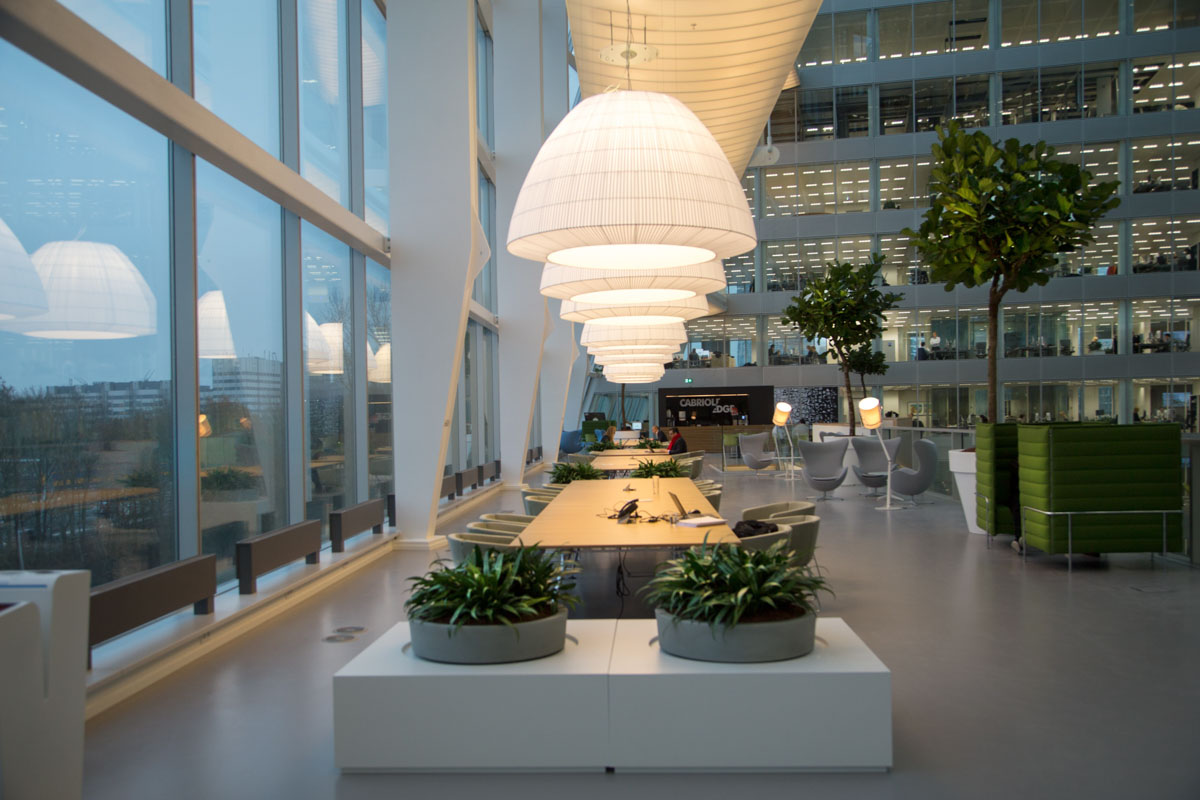
Il Bosco Verticale_Milano_BOERI STUDIO
“A tree house that also houses humans and birds” this is how Stefano Boeri, founder of the studio of the same name, defines it.
Going into detail, we are talking about two towers, which house more than 800 trees which have the task of regulating the microclimate.
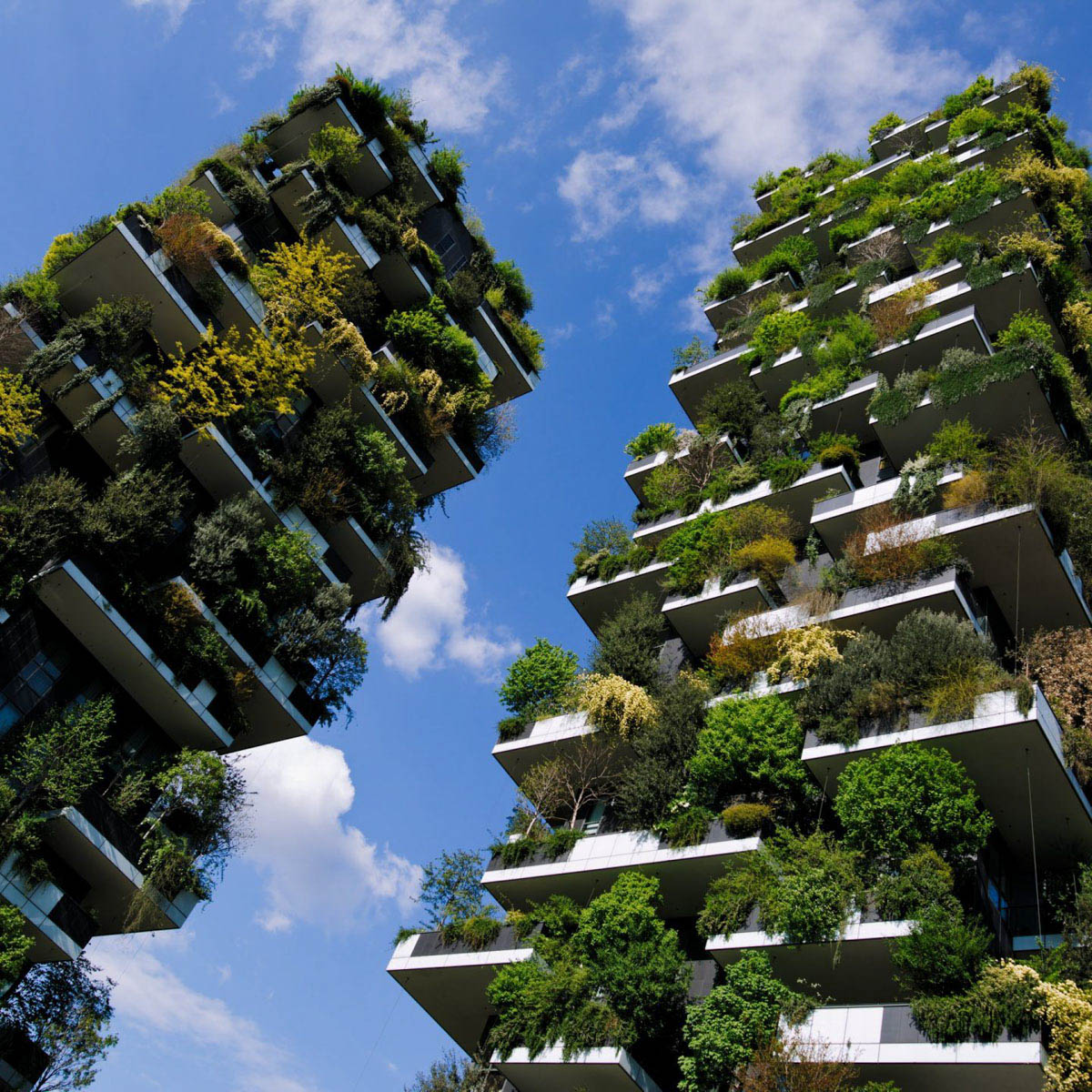
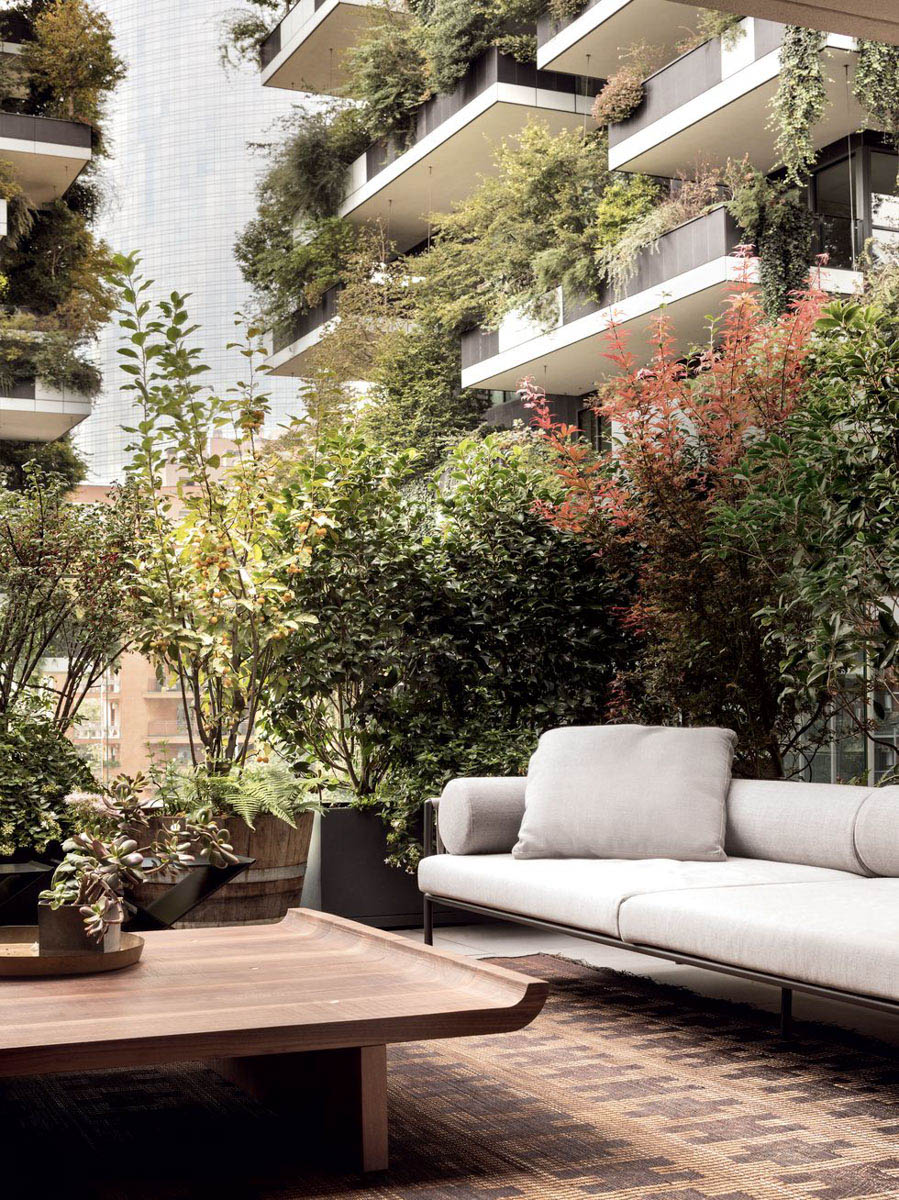
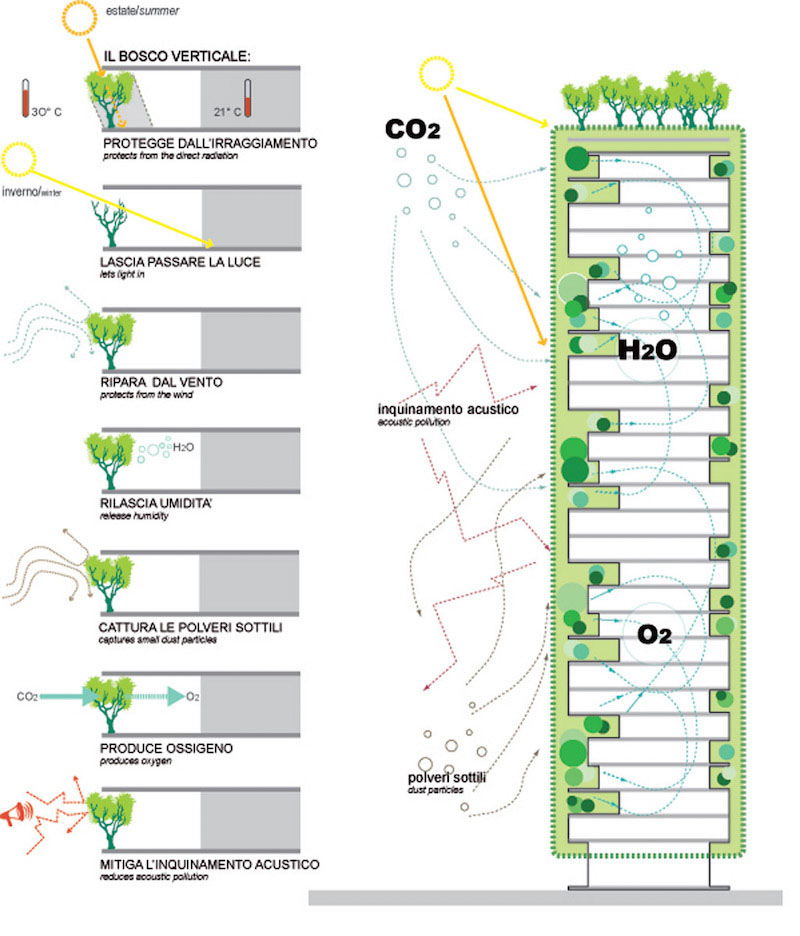
The advantages are truly numerous because they are “simple” trees:
- They protect the internal environment from excessive heat,
- They allow the light to pass through;
- They protect from the wind and, at the same time, they make a filter effect for fine dust;
- They release moisture;
- They produce oxygen;
- They mitigate noise pollution.
And you, would you choose this construction type for your dream home?